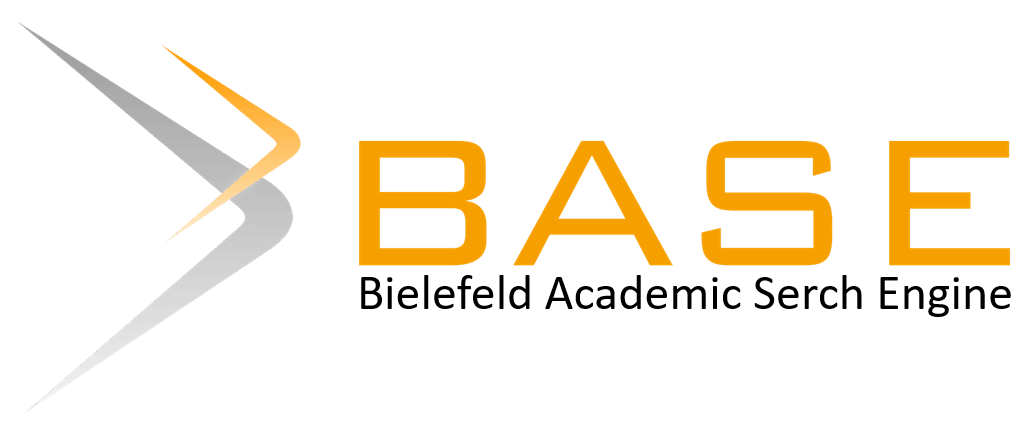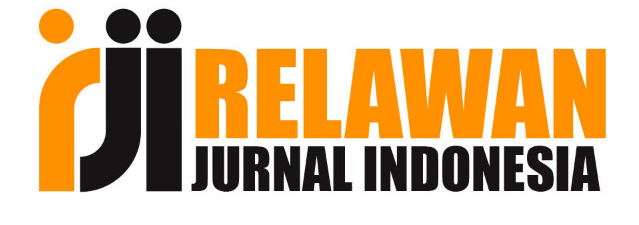Preferensi Mahasiswa dalam Menggunakan Platform Digital Payment untuk Layanan Tel-U Carwash
Student Preferences in the Use of Digital Payment Platforms for Tel-U Carwash Services
DOI:
https://doi.org/10.32939/dhb.v6i2.5714Keywords:
Digital Payment, E-wallet, QRIS, Tel-U CarwashAbstract
Purpose: This study aims to identify the most suitable digital payment platform for Tel-U Carwash based on students’ preferences and to analyze the factors influencing their platform selection.
Design/methodology/approach: This research employs a quantitative approach. Primary data were collected through questionnaires, with a sample size of 100 respondents. The data were analyzed using descriptive statistics and multinomial logistic regression with the assistance of Google Colab.
Findings: Bank transfers via QRIS emerged as the most preferred payment platform. Gender was found to have a significant effect on platform choice, while ease of use, security, and transaction speed did not show a significant effect.
Research implications: Further exploration of additional factors beyond the indicators examined in this study is necessary to enable service providers to offer payment options that better align with students’ preferences.
Downloads
References
Amelia, D., Setiaji, B., Jarkawi, Primadewi, K., Habibah, U., Lounggina Luisa Peny, T., Pratama Rajagukguk, K., Nugraha, D., Safitri, W., Wahab, A., Larisu, Z., Setiaji, B., & Yuni Dharta, F. (2023). Metode Penelitian Kuantitatif. In Ariawan (Ed.), METODE PENELITIAN KUANTITATIF. Yayasan Penerbit Muhammad Zaini.
Chawla, D., & Joshi, H. (2019). The moderating effect of demographic variables on mobile wallet adoption: An empirical investigation. Global Business Review, 20(6), 1359–1384. https://doi.org/10.1177/0972150919847136
Creswel, J. W. (2017). Research Design Qualitative, Quantitative, and Mixed Methods Approaches (3rd ed.). SAGE Publications, Inc.
Davies, C. (2022). A Quick Guide to Quantitative Research in the Social Sciences.
Davis, F. D. (1989). Perceived Usefulness, Perceived Ease of Use, and User Acceptance of Information Technology. MIS Quarterly, 13, 319–340.
Gefen, D., & Straub, D. W. (1997). Gender differences in the perception and use of e-mail: An extension to the Technology Acceptance Model. MIS Quarterly, 21(4), 389–400. https://doi.org/10.2307/249720
Harmiyanti, Y., Sarmigi, E., & Bustami, Y. (2025). The Use Of E-Commerce As A Marketing Strategy To Sustain Muslim And Muslimah Clothing Stores. At-tijaroh: Jurnal Ilmu Manajemen dan Bisnis Islam, 11(1), 35-50.
Hosmer, D. W., & Lemeshow, S. (2000). Applied Logistic Regression (2nd ed.). John Wiley & Sons, Inc.
Israel, G. D. (1992). Determining Sample Size 1 The Level Of Precision.
Joy, P. (2024). A Study On Usage Of Online Payment Apps By College Students. www.ijcrt.org
Kaur, A., & Gupta, M. (2023, March 13). A Study on Students’ Perception towards Digital Financial Service. https://doi.org/10.4108/eai.16-12-2022.2326197
Kraus, S., Jones, P., Kailer, N., Weinmann, A., Chaparro-Banegas, N., & Roig-Tierno, N. (2021). Digital Transformation: An Overview of the Current State of the Art of Research. SAGE Open, 11(3). https://doi.org/10.1177/21582440211047576
Kumar, A. M., & Ramesh, P. (2023). Security and Vulnerability in Digital Payment Systems. www.ijert.org
Listiyono, H., Sunardi, S., Sugiyamto, S., & Utomo, A. P. (2023). Factors Affecting Students’ Intentions to Use the University’s E-Payment System. Scientific Journal of Informatics, 10(2), 177–186. https://doi.org/10.15294/sji.v10i2.43825
Mela Sofiati, A., Murniawaty, I., Pendidikan Ekonomi, J., & Ekonomi, F. (2019). Pengaruh Lokasi Usaha, Pengalaman Usaha Dan Pengelolaan Pasar Terhadap Omzet Penjualan Pedagang Setelah Revitalisasi. Economic Educa-tion. Murniawaty, Indri, 8(2), 588–604. https://doi.org/10.15294/eeaj.v8i2.31490
Menezes, A. (2024). Impact of Gender on the Various Aspects of Digital Payment System: A Banking Empirical Study from India. https://www.researchgate.net/publication/385530072
Pahlevi, R. (2022, January 12). Survei DailySocial: OVO Jadi Dompet Digital Paling Banyak Dipakai Masyarakat. Databoks. https://databoks.katadata.co.id/teknologi-telekomunikasi/statistik/f8ab4439534dfec/survei-dailysocial-ovo-jadi-dompet-digital-paling-banyak-dipakai-masyarakat
Patil, P., Tamilmani, K., Rana, N. P., & Dwivedi, Y. K. (2020). Digital payment adoption and the role of demographic characteristics: Evidence from India. Technology in Society, 61, 101245. https://doi.org/10.1016/j.techsoc.2020.101245
Pratama, A., & Sarmigi, E. (2024). Analysis of Public Understanding of the Halal Products of Bank Syariah Indonesia, Sungai Penuh City Branch. Jurnal Iqtisaduna, 10(2), 320-333.
Rafina, Y., Sarmigi, E., Syarif, D., & Travilo, Y. (2024). The influence of technology perception, risk, and complaint handling on customer interest in using Internet banking at Bank Syariah Indonesia KCP Sungai Penuh. Journal of Islamic Economics Lariba, 10(2).
Rizkiyah, K., Nurmayanti, L., Macdhy, R. D. N., & Yusuf, A. (2021). PENGARUH DIGITAL PAYMENT TERHADAP PERILAKU KONSUMEN Pengguna Platform Digital Payment OVO. Jurnal Ilmiah Manajemen, 16(1), 107–126. https://doi.org/10.33369/insight.16.1.107-126
Sarmigi, E., & Saini, M. Z. H. (2025). Public Perception of Security and Reliability: How to Build a Trust in Islamic Banking?. BANCO, 68-89.
Soesana, A., Subakti, H., Karwanto, Fitri, A., Kuswandi, S., Sastri, L., Falani, I., Aswan, N., Artauli Hasibuan, F., & Lestari, H. (2023). Metodologi Penelitian Kuantitatif (A. Karim, Ed.). Yayasan Kita Menulis .
Suryanto, S., Muhyi, H. A., & Kurniati, P. S. (2022). PENGGUNAAN DIGITAL PAYMENT PADA USAHA MIKRO, KECIL, DAN MENENGAH. AdBispreneur, 7(1), 55. https://doi.org/10.24198/adbispreneur.v7i1.39452
Tripathi, P. (2024). Exploring the Adoption of Digital Payments: Key Drivers & Challenges. International Journal of Scientific Research & Engineering Trends, 10(5). https://doi.org/10.5923/j.ajca.20241103.02
Venkatesh, V., & Davis, F. D. (2000). A theoretical extension of the Technology Acceptance Model: Four longitudinal field studies. Management Science, 46(2), 186–204. https://doi.org/10.1287/mnsc.46.2.186.11926
Wulandari, C. S. (2023, March 31). Dompet Digital Naik Daun, Membetot Minat Kala Pandemi Research. BI Institute. https://www.bi.go.id/id/bi-institute/BI-Epsilon/Pages/Dompet-Digital--Naik-Daun,-Membetot-Minat-Kala-Pandemi.aspx
Zhou, T., Lu, Y., & Wang, B. (2021). Examining gender differences in consumers’ acceptance of mobile payment. Electronic Commerce Research, 21(1), 55–75. https://doi.org/10.1007/s10660-018-9314-3
Downloads
Published
How to Cite
Issue
Section
License
Copyright (c) 2025 Gigano Nehemia Agra Saragih, Raswyshnoe Boing Kotjoprayudi, Tora Fahrudin

This work is licensed under a Creative Commons Attribution 4.0 International License.













